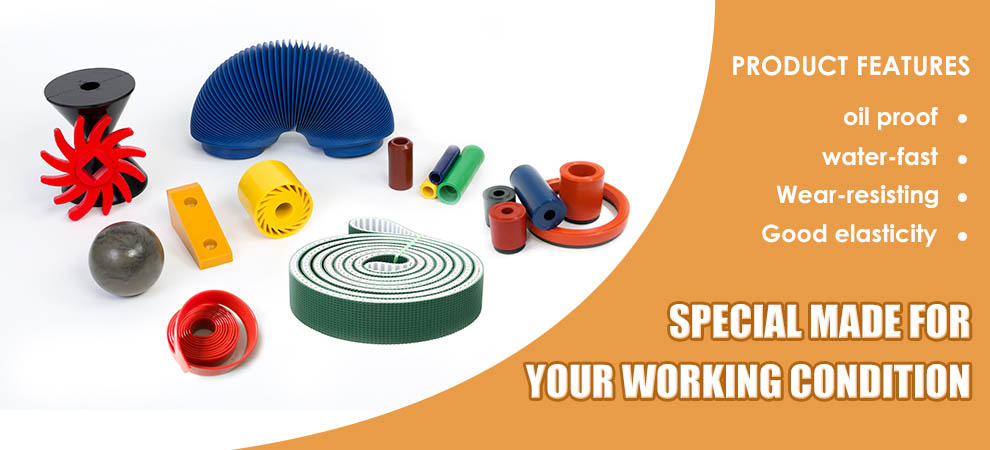

The Difference Between Polypropylene and Polyurethane
What is Polypropylene?
Polypropylene (PP) is created through the polymerization of propylene gas. Thermoplastics like polypropylene and polyethylene liquefy under high heat, which allow these materials to easily take shape generally through injection molding or thermoforming. Because of this, polypropylene can display a wide range of properties based on the chosen manufacturing method. While polypropylene may have many similarities to polyethylene, polyurethanes tend to offer more robust physical properties even in the most extreme environments.
What is Polyurethane?
Unlike polypropylene, polyurethane is a thermoset formed through the chemical reaction between a polyol and diisocyanate. Despite having a complex chemical structure, this unique material can allow engineers to tailor the urethane's chemistry to meet specific design requirements. For instance, polyurethanes can be custom formulated to be either soft and flexible as a cushion to something hard and rigid like metal. Due to their adaptability, this unique material can offer unlimited design freedom through a cast or Reaction Injection Molded (RIM) process.
Differences Between Polypropylene & Polyurethane
Despite having similar names, polyethylene and polyurethanes differ significantly.
| Polypropylene | Polyurethane |
| Commonly injection molded orthermoformed | Commonly cast or Reaction Iniection Molded(RIM) |
| Limited durometers available | Can be custom formulated to meet exact design needs |
| Low resistance to heat | Able to withstand temperatures between-80Fup to300°F |
| Diffcult to bond | Can bond to various subcomponents |
| Can be made conductive through the use of carbon black | Can be made conductive without the use of carbon black |










